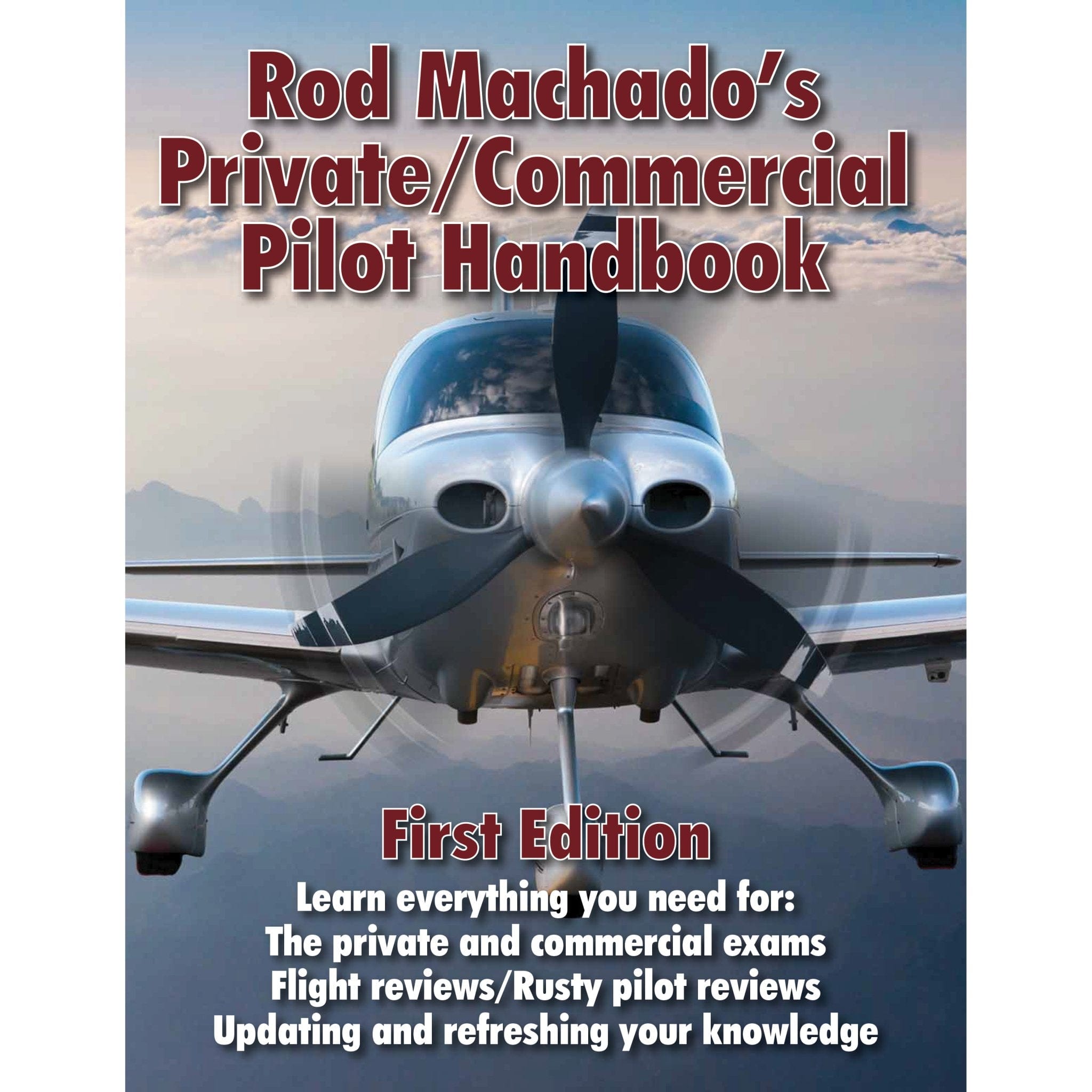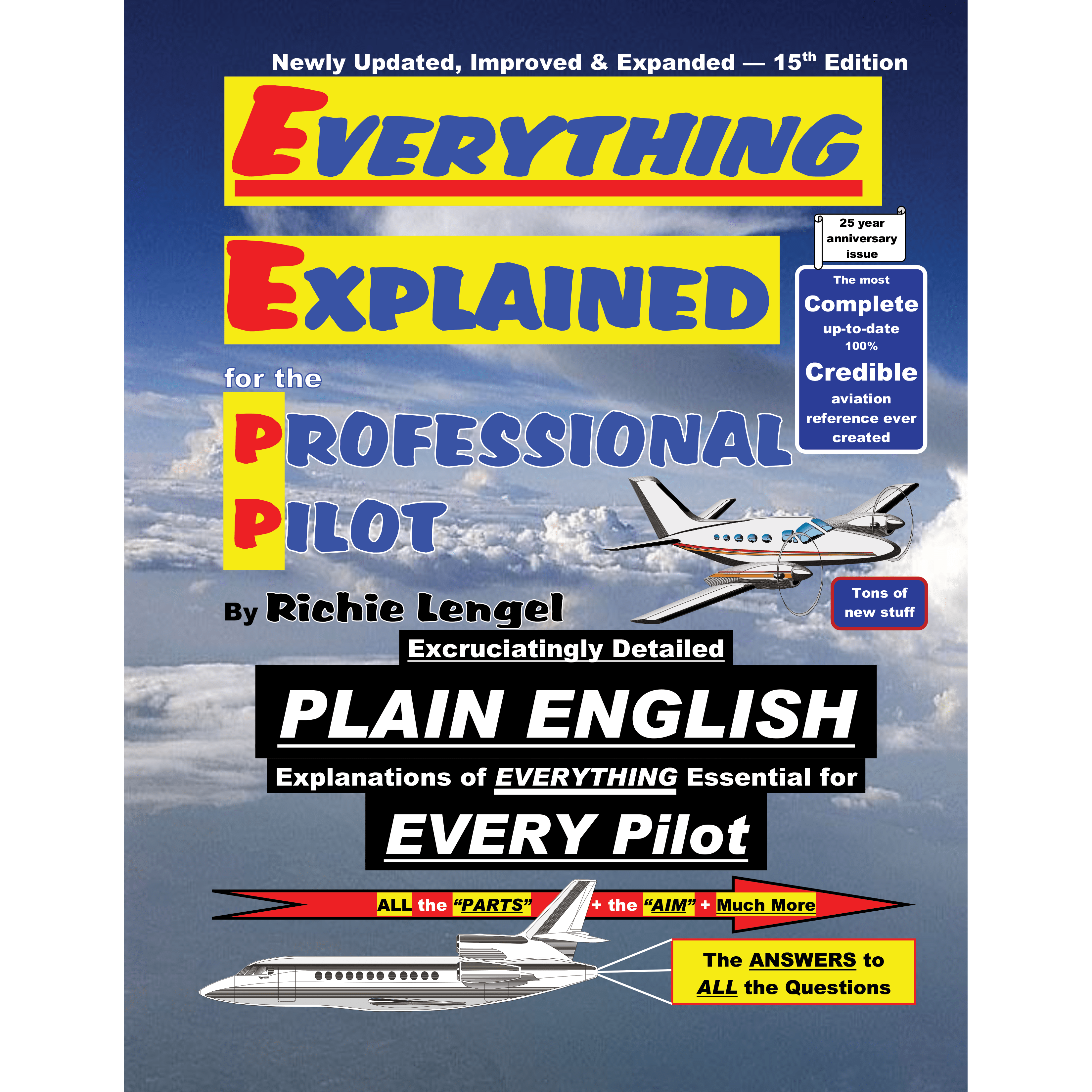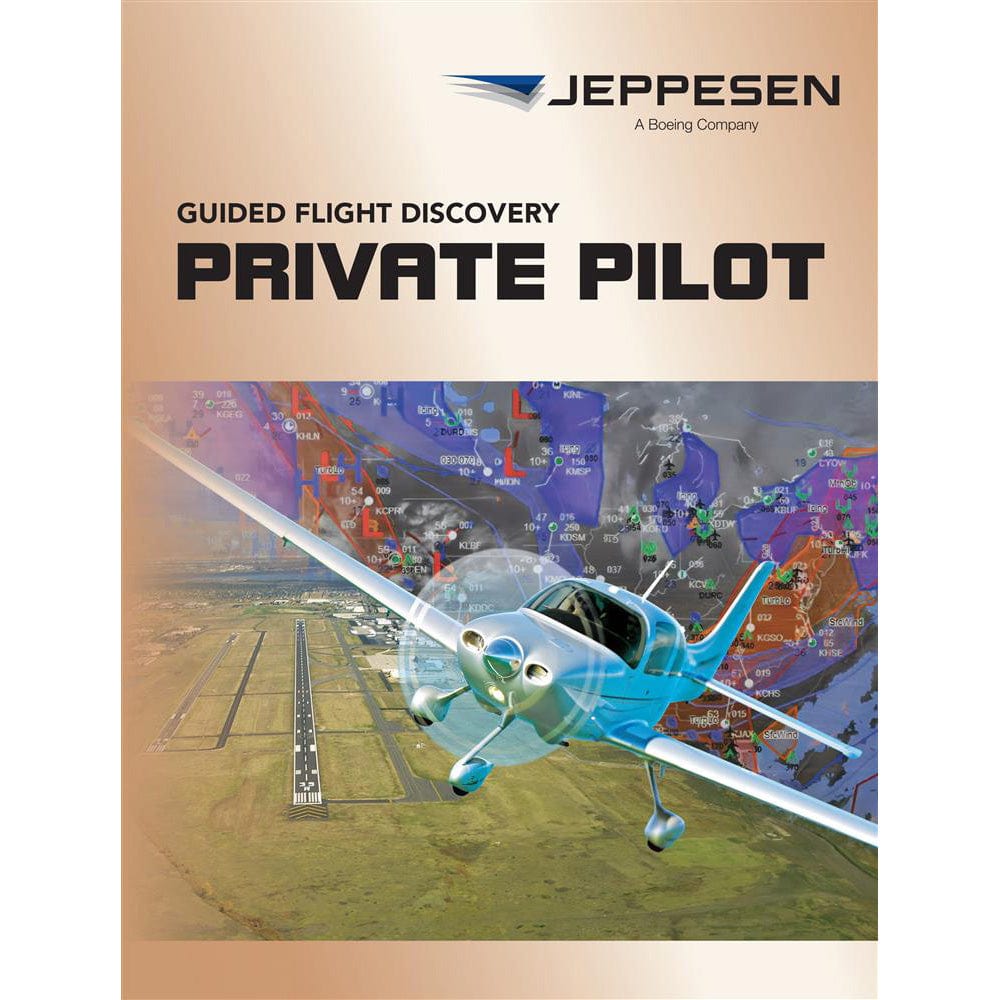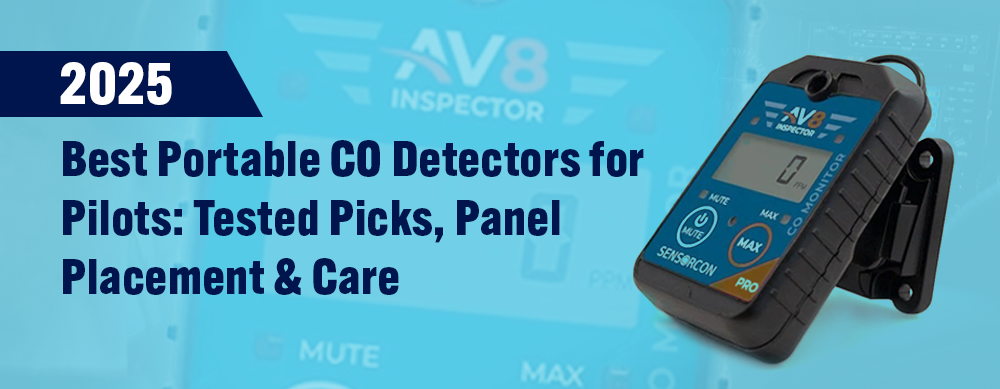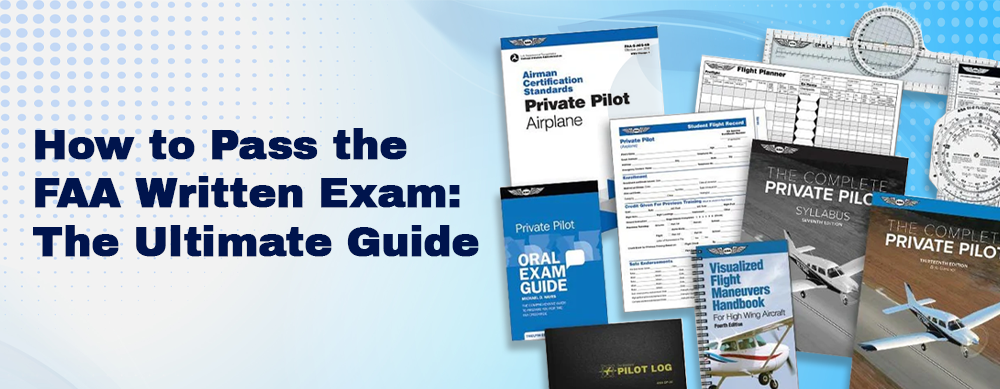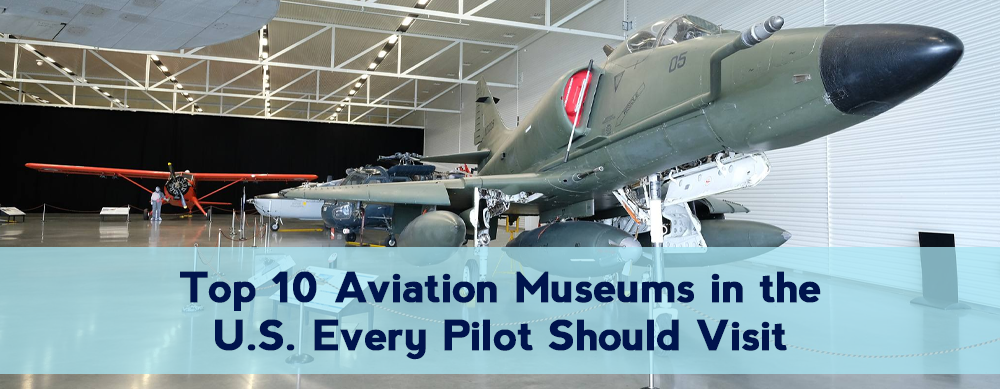Introduction: The Evolving Landscape of Pilot Training in 2025
In 2025, aviation training has evolved with cutting-edge technology, updated regulations, and innovative teaching methods. Whether you’re pursuing your private pilot license or aiming to become a commercial pilot, this guide is designed to help you navigate modern flight simulation, choose the right flight school, understand financing options, and stay current with aviation standards.
Table of Contents
- Setting SMART Goals for Training Success
- Choosing the Right Flight School & Instructor
- Mastering Modern Flight Simulation Technology
- Building a Consistent Flight Training Routine
- Staying Current with Aviation Regulations
- Developing a Strong Safety & Risk Management Mindset
- Effective Study Techniques for Aviation Theory
- The Power of Networking in the Aviation Community
- Financing Your Pilot Training
- Conclusion: Take Flight with Confidence
Setting SMART Goals for Training Success
Establish clear, measurable, and time-bound goals to guide your pilot training journey. Use the SMART framework—Specific, Measurable, Achievable, Relevant, and Time-bound—to track your progress and maintain motivation.
- Set short-term milestones, such as logging a specific number of flight hours or mastering critical maneuvers.
- Define long-term targets like obtaining advanced certifications or commercial ratings.
- Regularly review and adjust your goals to reflect your progress and evolving ambitions.
Choosing the Right Flight School & Instructor
Your training experience depends largely on where and with whom you learn. Research local flight schools and consider factors such as:
- Part 61 vs. Part 141: Part 61 schools offer flexible scheduling, while Part 141 schools provide structured programs with potentially faster progress.
- Instructor Expertise: Look for certified, experienced instructors with proven safety records.
- Facilities & Equipment: Evaluate the quality of aircraft and simulators available at the school.
Read reviews and, if possible, attend an introductory session to experience the training environment. For more details on FAA standards, visit the FAA website.
Mastering Modern Flight Simulation Technology
Flight simulators are essential tools that allow you to practice procedures safely and efficiently. There are two main types:
- Fixed-base simulators: Ideal for practicing basic instrument flying and emergency procedures in a cost-effective setting.
- Full-motion simulators: Offer a highly immersive experience with realistic cockpit movements, enabling practice of complex scenarios such as crosswind landings, engine failures, and instrument approaches.
For example, a full-motion simulator can recreate the sensation of sudden weather changes, allowing you to practice decision-making under pressure. Many flight schools integrate these simulators into their curriculum to complement actual flight hours.

Building a Consistent Flight Training Routine
Regular practice is key to developing and retaining flight skills. Establishing a consistent training schedule helps build muscle memory and ensures you remain prepared for any situation.
- Create a weekly or monthly flight plan that combines simulator sessions and actual flight time.
- Rehearse emergency procedures on a regular basis.
- Maintain a detailed log of your flight hours and review your performance periodically.
Staying Current with Aviation Regulations and Best Practices
Aviation rules and best practices are continually updated. Staying informed about the latest Federal Aviation Regulations (FARs) and industry standards is crucial for maintaining safety and compliance.
- Subscribe to aviation newsletters and follow authoritative sources such as the FAA and AOPA.
- Attend seminars, workshops, and webinars on current aviation topics.
- Participate in online forums and pilot communities to share insights and updates.
Developing a Strong Safety & Risk Management Mindset
A safety-first mindset is fundamental to effective pilot training. Learning to identify and mitigate risks can prevent potential hazards.
- Memorize and routinely practice emergency procedures using checklists and simulator drills.
- Enroll in risk management courses to better understand potential flight hazards.
- Discuss real-world scenarios with seasoned pilots to learn effective mitigation strategies.
Effective Study Techniques for Aviation Theory
A solid understanding of aviation theory underpins practical flying skills. Efficient study techniques can help you master complex subjects such as meteorology, navigation, and aircraft systems.
- Establish a structured study schedule that complements your flight training.
- Utilize a mix of resources, including textbooks, online courses, flashcards, and study groups.
- Engage in discussions on online aviation forums to reinforce key concepts.

The Power of Networking in the Aviation Community
Building strong connections with fellow pilots and industry experts can open doors to mentorship and new opportunities. Networking not only helps you stay informed about industry trends but also provides valuable support throughout your training.
- Join local aviation clubs and participate in online communities such as Pilots of America.
- Attend industry expos, seminars, and meetups.
- Follow seasoned pilots and aviation experts on social media for ongoing insights.
Financing Your Pilot Training: Scholarships and Resources
Pilot training is a significant investment, but numerous financial resources can help reduce costs. Here are some specific examples:
- Explore scholarships from organizations like the AOPA Scholarship Program and the Experimental Aircraft Association (EAA).
- Contact flight schools about financing plans, installment options, or discounted packages.
- Investigate government and private grants designed to support aviation training initiatives.
Conclusion: Take Flight with Confidence
In 2025, successful pilot training combines hands-on experience, advanced simulation technology, and ongoing learning. By setting SMART goals, choosing quality instruction, and leveraging available resources, you can confidently pursue your aviation dreams. Share your training experiences and questions in the comments below, and join our community of passionate pilots!
For more insights into the aviation industry, read our Aviation Career Tips and connect with fellow pilots.


